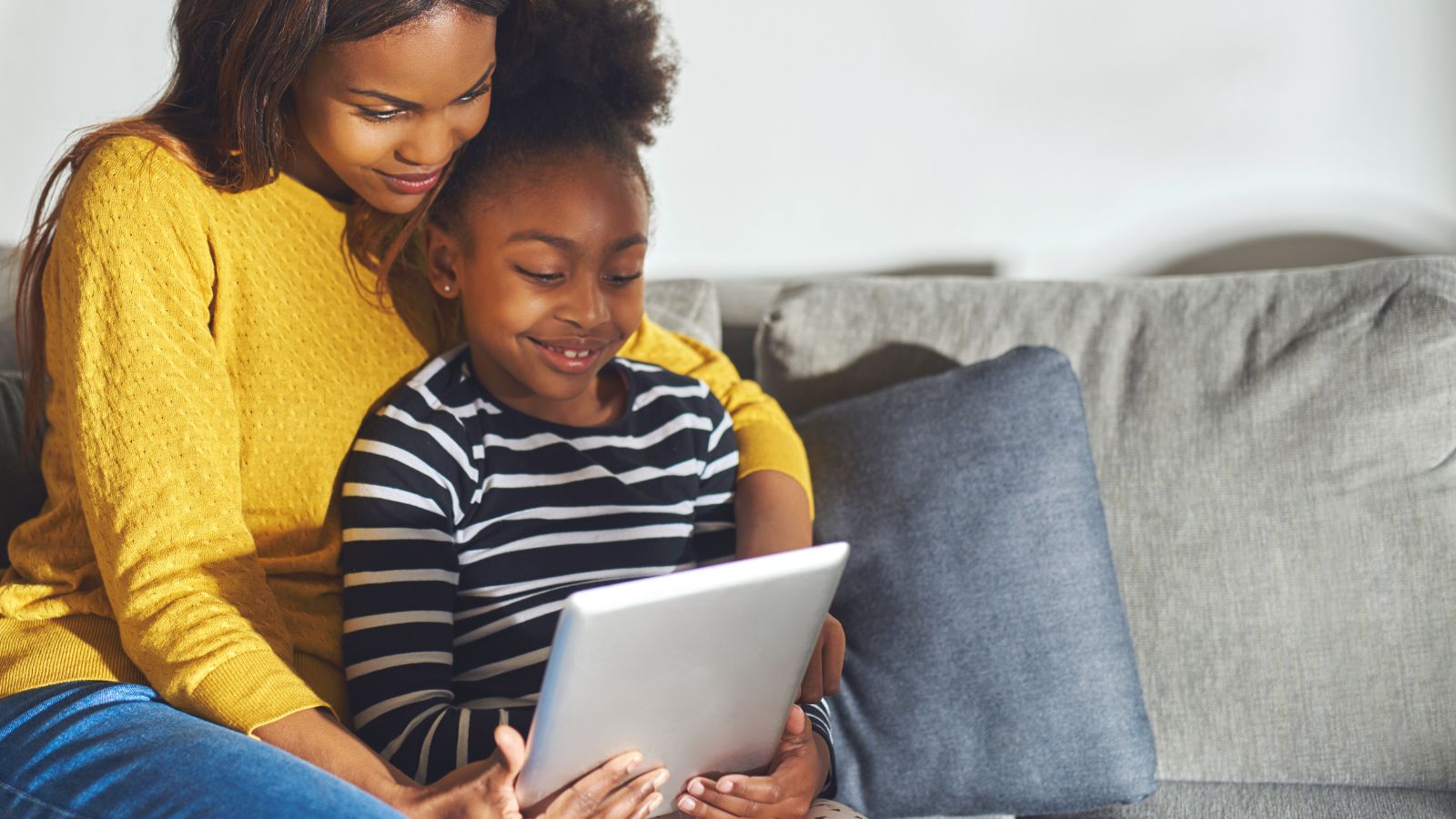The living room is often considered the heart of the home, a place where family and friends gather to relax, connect, and make memories. One of the best and simplest ways to elevate this space is by adding a stylish tv wall unit. It fulfills the functional purpose of a centerpiece, offering a space for a tv and providing an integration of the room. The right unit helps storage, organization, and design and improves the space without sacrificing ease. The Importance of a TV Wall Unit in Modern … [Read more...]
How to Prepare for a Family Road Trip
Planning a family road trip can be exciting, whether it's a quick getaway or a long journey across the country. The idea of spending time with family, sharing laughs, and exploring new places makes the travel experience more enjoyable. Road trips allow for adventure and bonding that you can't get from other ways of travelling. It's about packing snacks, creating a great playlist, and hitting the road with your loved ones. There's a special freedom in driving. You can be spontaneous; take … [Read more...]
WANT STRONGER TEETH WITHOUT FLUORIDE? HERE IS WHY YOUR FAMILY SHOULD CONSIDER HYDROXYAPATITE TOOTHPASTE
There’s a more modern and milder version of toothpaste that is rapidly gaining popularity among both parents and dentists: hydroxyapatite toothpaste. Hydroxyapatite is a mineral that occurs naturally. It constitutes approximately 97% of your tooth enamel and 70% of your dentin. Dentally speaking, that is what your teeth consist of. The scientists worked out how to make this mineral synthetically and add it to your toothpaste. Therefore, it can bond to your teeth, repair and strengthen them … [Read more...]
Discover the Health Benefits of Mullein Tea: Nature’s Herbal Remedy for Wellness
Mullein tea has been a cherished herbal remedy for centuries, captivating herbal enthusiasts with its unique properties. As we explore this remarkable infusion, we’ll uncover its rich history and the myriad benefits it offers. From soothing respiratory issues to promoting overall wellness, mullein tea is more than just a comforting drink; it’s a natural ally in our quest for health. In recent years, interest in herbal teas has surged, and mullein stands out as a powerhouse of nutrients and … [Read more...]
Build Subject Explainers in CapCut PC with AI Avatars Acting as Virtual Teachers
Students and teachers, even professors, usually struggle to create subject explainer videos for students. A clear-looking visual and an easy-to-digest virtual instructor can make learning easy. CapCut Desktop Video Editor makes it easier by allowing you to add AI avatars that can be used as virtual instructors. The avatars will read your lesson, demonstrate gestures, and direct students without having your physical self on camera. To make the video interactive, you can include AI avatars and … [Read more...]
Conquer Challenges with Pro WoW Help
World of Warcraft (WoW) has long been one of the most beloved MMORPGs in the world, attracting millions of players who thrive on exploration, strategy, and teamwork. However, WoW is not simply a casual game you can breeze through. It is filled with demanding challenges, from raid bosses with complex mechanics to high Mythic+ dungeons that require perfect execution and high-level gear. For many players, these hurdles can become frustrating roadblocks that sap the joy out of the game. That’s why … [Read more...]
Forbes Casino: Straight Talk In Czechia
Forbes Casino keeps the basics tight: clear Kč bonuses, quick cashouts, and a Czech-focused lobby with SYNOT, Apollo, E-gaming, Adell, plus Tom Horn’s European Roulette – Announced Bets. You get 50 free spins after completing registration, with regular promo drops and tournaments to keep things lively. Ready to see if it clicks? Create your account, claim the spins, and take a few rounds today. First Impressions Forbes Casino runs a tidy Czech-language platform with short copy and … [Read more...]
The Rise of Online Live Casinos in Canada: Bringing the Casino Floor Home
The glamour of the casino floor has always been about more than just the games, it’s the atmosphere, the social energy, the sense of being part of something bigger. For Canadians, that once meant booking a night at Niagara Falls or flying to Las Vegas. Now, the experience is just a click away. Many players discover the best online casinos as the bridge between digital convenience and the authenticity of in-person play. What Sets Live Casinos Apart While traditional online casino games rely … [Read more...]
What Are Slavic Dating Sites
Slavic dating sites have emerged as a trusted gateway for individuals seeking meaningful connections with singles from Eastern Europe, particularly Ukraine. These platforms focus on bridging cultural and geographic gaps, offering a safe environment where men can meet genuine Ukrainian women who are interested in long-term relationships. Unlike general dating apps, Slavic dating sites emphasize authenticity, cultural understanding, and personalized matchmaking, making the experience more tailored … [Read more...]
Expert Tips For Choosing Effective Tinctures At Dispensaries in Illinois
When you walk into a dispensary in Illinois and look for tinctures, it helps to know there’s a few types you’ll run into. Tinctures are liquid cannabis extracts you can take under your tongue or mix into drinks. You’ll find ones made from CBD, THC, or a mix of both. Picking the right type depends on what you want out of it. It’s a smart way to start your search in a dispensary. Have an Idea of Your Personal Goals Do you want relief from health issues, or just something to relax with? Most … [Read more...]




























